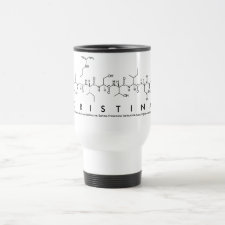
Authors: Baggiani C, Anfossi L, Giovannoli C
Article Title: Solid phase extraction of food contaminants using molecular imprinted polymers.
Publication date: 2007
Journal: Analytica Chimica Acta
Volume: 591
Issue: (1)
Page numbers: 29-39.
DOI: 10.1016/j.aca.2007.01.056
Alternative URL: http://teresacasimiro.com.sapo.pt/Bibliographic_References/9.pdf
Abstract: Food contamination from natural or anthropogenic sources poses severe risks to human health. It is now largely accepted that continuous exposure to low doses of toxic chemicals can be related to several chronic diseases, including some type of cancer and serious hormonal dysfunctions. Contemporary analytical methods have the sensitivity required for contamination detection and quantification, but direct application of these methods on food samples can be rarely performed. In fact, the matrix introduces severe disturbances, and analysis can be performed only after some clean-up and preconcentration steps. Current sample pre-treatment methods, mostly based on the solid phase extraction technique, are very fast and inexpensive but show a lack of selectivity, while methods based on immunoaffinity extraction are very selective but expensive and not suitable for harsh environments. Thus, inexpensive, rapid and selective clean-up methods, relaying on "intelligent" materials are needed. Recent years have seen a significant increase of the "molecularly imprinted solid phase extraction" (MISPE) technique in the food contaminant analysis. In fact, this technique seems to be particularly suitable for extractive applications where analyte selectivity in the presence of very complex and structured matrices represents the main problem. In this review, several applications of MISPE in food contamination analysis will be discussed, with particular emphasis on the extraction of pesticides, drugs residua, mycotoxins and environmental contaminants
Template and target information: Review - MIP-SPE of food contaminants
Author keywords: molecular imprinting, solid phase extraction, food analysis, contaminants, pesticides, drugs, antibiotics, mycotoxins



Join the Society for Molecular Imprinting

New items RSS feed
Sign-up for e-mail updates:
Choose between receiving an occasional newsletter or more frequent e-mail alerts.
Click here to go to the sign-up page.
Is your name elemental or peptidic? Enter your name and find out by clicking either of the buttons below!
Other products you may like:
 MIPdatabase
MIPdatabase









